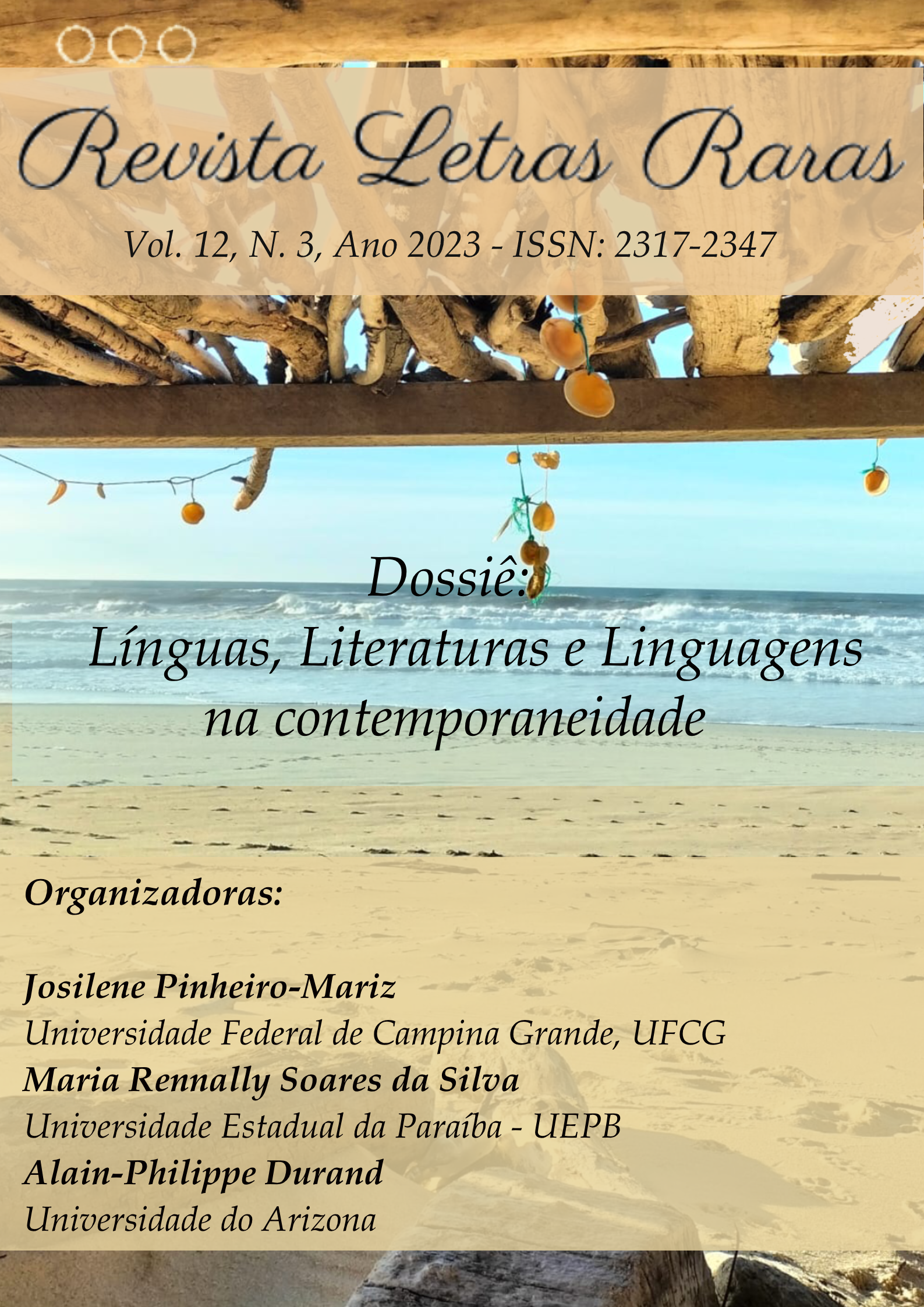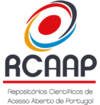Lusophone pluricentrality: what do IFFluminense Languages Licenciateship students know about Portuguese in East Timor?
DOI:
https://doi.org/10.5281/zenodo.10436296Palavras-chave:
Language policy, Pluricentric language, Portuguese language, East TimorResumo
The Portuguese language is the official language in nine countries, a factor that contributes to the pluricentrality of the language, considering that, within each territory, Portuguese is transfigured in a different way. With this, this work makes brief notes on the Portuguese language, as a pluricentric language, focusing on investigating the level of knowledge of the students of the Languages (Portuguese and Literatures) course at the Federal Institute of Education, Science and Technology Fluminense Campus Campos Centro, regarding the historical relation between the Portuguese language and East Timor. For this reason, a bibliographic research was initially adopted, carrying out a compilation of theoretical data, with the aid of the filing technique. Afterwards, field research was used, with the application of a questionnaire, for data collection. As obtained results, there is an indication that most of the students of the IFFluminense Languages Course are aware that the Portuguese language is pluricentric, but are unaware of the relationship between the language and East Timor, specifically. In addition, the results indicate that the students consider the approach of the subject in the course syllabus of the Languages Course relevant.
Downloads
Referências
ALBUQUERQUE, D. O português como língua pluricêntrica e as atitudes linguísticas de falantes em Timor-Leste. Caderno Seminal, n. 42, p. 326-360, 2022. Available on: https://www.e-publicacoes.uerj.br/index.php/cadernoseminal/article/view/64435. Access on: Sep. 7, 2022.
ANTUNES, R. A Língua Portuguesa em Timor-Leste: panorama histórico e situação atual. In: PESSOA, M. S. Percursos de Educação Linguística: uma homenagem a Maria Helena Ançã. 1. ed. Aveiro: UA Editora, 2022.
BAGNO, M. O português não procede do latim. Uma proposta de classificação das línguas derivadas do galego. À busca do tesouro, n. 191, p. 34-39, 2011. Available on: https://www.academia.edu/download/38129387/1320761642191_Marcos_Bagno.pdf. Access on: Oct. 28, 2022.
BRITO, R. P. Língua e identidade no universo da lusofonia: aspectos de Timor-Leste e Moçambique. São Paulo: Editora Terracota, 2013.
CASTRO, I. Os espaços do português. In: SALOMÃO, S. N. (Org.). Temas da língua portuguesa: do pluricentrismo à didática. Roma: Edizioni Nuova Cultura, 2020.
CPLP - Comunidade dos Países de Língua Portuguesa. Available on: https://www.cplp.org/. Access on: Oct. 28, 2022.
FARACO, C. A. Linguística histórica: uma introdução ao estudo das línguas. São Paulo: Parábola Editorial, 2017.
INSTITUTO FEDERAL DE EDUCAÇÃO, CIÊNCIA E TECNOLOGIA FLUMINENSE CAMPUS CAMPOS CENTRO. Projeto Pedagógico do Curso de Letras, 2019. Available on: http://licenciaturas.centro.iff.edu.br/cursoslicenciatura/licenciatura-em-letras/plano-pedagogico-do-curso/ppc-2019.1/view. Access on: Nov. 6, 2022.
KAUARK, F. S; MANHÃES, F. C; MEDEIROS, C. H. Metodologia da pesquisa: guia prático. Itabuna: Via Litterarum, 2010.
LAMIM-GUEDES, V.; ROSA, C. G.; A Cooperação Internacional na Universidade Nacional de Timor-Leste: contribuições para a melhoria da educação e desenvolvimento timorense. In: LAMIM-GUEDES, V.; ROSA, C. G. A. (Orgs.). ALIN-MANE: lusofonia e cooperação na área educacional em Timor-Leste. São Paulo: Editora Na Raiz, 2020.
MARÇALO, M. J. Geografias da língua portuguesa, normas e variação: Angola e Timor-Leste. In: SALOMÃO, S.N. (Org.). Temas da língua portuguesa: do pluricentrismo à didática. Roma: Edizioni Nuova Cultura, 2020.
PAULINO, V. Timorização dos timorenses no sistema da educação de Timor-Leste. Perspectiva, v. 40, n. 1, p. 1-20, 2022. Available on: https://periodicos.ufsc.br/index.php/perspectiva/article/view/66240. Access on: Oct. 21, 2023.
SILVA, A. S. O português no mundo e a sua estandardização: entre a realidade de uma língua pluricêntrica e o desejo de uma língua internacional. In: BARROSO, H. (Org.) O português na casa do mundo hoje. Famalicão: Edições Húmus, 2018.
TIMOR-LESTE. Censo: Timor-Leste em números, 2019. Available on: https://www.statistics.gov.tl/wp-content/uploads/2021/05/Timor-Leste-In-Number-2019.pdf. Access on: Sep. 8, 2022.
WILSON, F. Português, língua pluricêntrica: integração de variedades no ensino. Revista Internacional em Língua Portuguesa, n. 39, p. 17-31, 2021. Available on: https://rilp-aulp.org/index.php/rilp/article/view/260. Access on: Sep. 7, 2022.
Downloads
Publicado
Como Citar
Edição
Seção
Licença
Copyright (c) 2023 Revista Letras Raras

Este trabalho está licenciado sob uma licença Creative Commons Attribution-NonCommercial 4.0 International License.







